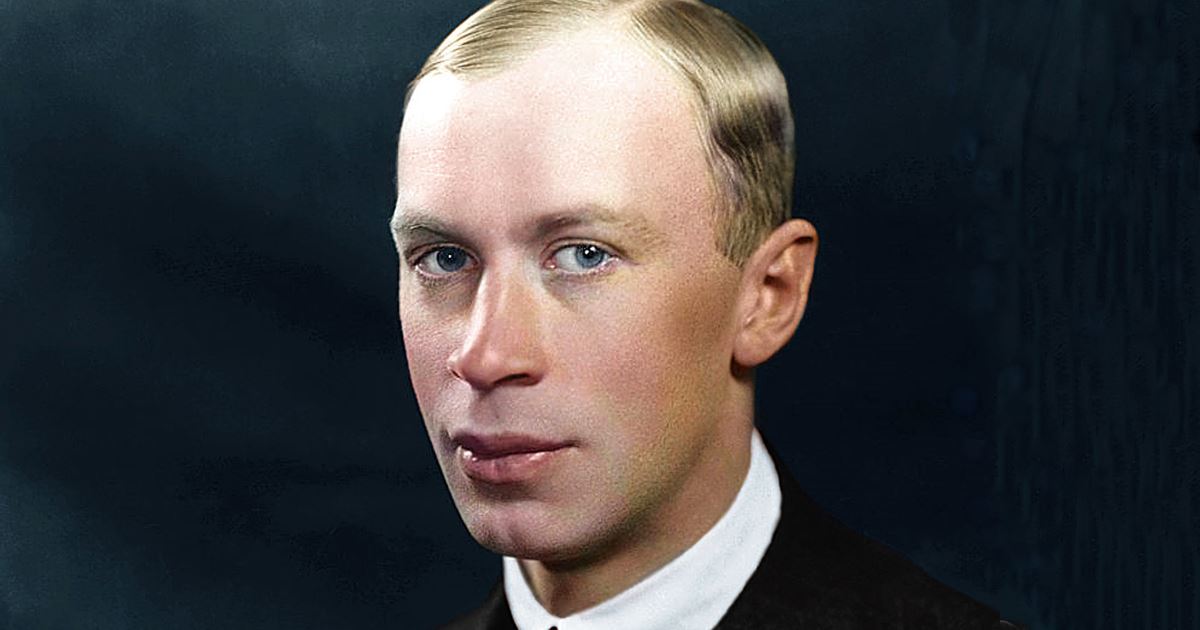Sergei Prokofiev, a towering figure in 20th-century classical music, is known for his innovative compositions that blend traditional Russian musical elements with modernist techniques. His works span a wide range of genres, including symphonies, operas, ballets, concertos, and chamber music. In this article, we explore ten of Prokofiev’s most celebrated compositions, each showcasing his unique style and musical genius.
1. “Peter and the Wolf” Op. 67
One of Prokofiev’s most beloved works, “Peter and the Wolf,” is a symphonic fairy tale for children. Written in 1936, it narrates the story of a brave boy named Peter and his adventures with various animals. Each character is represented by a different instrument or group of instruments, making it an educational introduction to the orchestra. The work’s engaging narrative and charming music have made it a favorite among audiences of all ages.
2. Symphony No. 5 in B-flat major, Op. 100
Premiered in 1945, Prokofiev’s Symphony No. 5 is considered one of his greatest symphonic achievements. Composed during World War II, the symphony is imbued with a sense of optimism and humanity, reflecting Prokofiev’s hope for peace. The work’s powerful orchestration, memorable themes, and emotional depth have earned it a permanent place in the symphonic repertoire.
3. “Romeo and Juliet,” Op. 64
Prokofiev’s ballet “Romeo and Juliet,” based on Shakespeare’s tragic love story, is one of his most popular compositions. Composed in 1935, the ballet features some of Prokofiev’s most memorable music, including the “Dance of the Knights” and the “Balcony Scene.” The score’s emotional intensity and innovative use of orchestral color have made it a staple of both the ballet and concert stages.
4. Piano Concerto No. 3 in C major, Op. 26
The Piano Concerto No. 3, composed in 1921, is one of Prokofiev’s most frequently performed works. It is known for its virtuosic piano part, vibrant orchestration, and lyrical themes. The concerto’s blend of lyrical beauty and rhythmic vitality showcases Prokofiev’s mastery of the piano concerto form and remains a favorite among pianists and audiences alike.
5. “Lieutenant Kijé Suite,” Op. 60
Originally composed as a film score in 1934, the “Lieutenant Kijé Suite” has become a popular orchestral suite in its own right. The suite tells the humorous story of a fictional officer, Lieutenant Kijé, created by a clerical error. The music is notable for its witty use of orchestral colors and memorable melodies, including the well-known “Troika” movement.
6. “Alexander Nevsky,” Op. 78
“Alexander Nevsky” is a cantata derived from Prokofiev’s score for the 1938 film of the same name. The cantata, composed for mezzo-soprano, choir, and orchestra, depicts the heroism of the Russian people during the 13th-century invasion by the Teutonic Knights. The work’s dramatic music, powerful choral writing, and vivid orchestration have made it a cornerstone of the choral-orchestral repertoire.
7. Piano Sonata No. 7 in B-flat major, Op. 83
Part of Prokofiev’s “War Sonatas,” the Piano Sonata No. 7 is a testament to the composer’s profound creativity during challenging times. Composed in 1942, the sonata is characterized by its intensity, rhythmic drive, and lyrical beauty. The final movement, marked “Precipitato,” is a virtuosic tour de force, requiring immense technical skill from the performer.
8. Violin Concerto No. 1 in D major, Op. 19
Composed in 1917, Prokofiev’s Violin Concerto No. 1 is known for its lyrical and expressive qualities. The concerto features a rich interplay between the solo violin and the orchestra, with moments of dreamy lyricism contrasted by sections of energetic rhythm. The work’s unique structure and innovative use of the violin’s expressive range have made it a favorite among violinists.
9. “Cinderella,” Op. 87
Prokofiev’s ballet “Cinderella,” composed between 1940 and 1944, is another of his major works for the ballet stage. The music is characterized by its lyrical melodies, vivid characterizations, and imaginative orchestration. The ballet’s score effectively captures the magical and romantic elements of the Cinderella story, making it a beloved work in the ballet repertoire.
10. Symphony No. 1 in D major, Op. 25 “Classical”
Prokofiev’s Symphony No. 1, also known as the “Classical” Symphony, is one of his most charming and widely performed works. Composed in 1917, the symphony is a modern take on the classical symphonic form, paying homage to composers like Haydn and Mozart while incorporating Prokofiev’s own distinctive style. The work’s lightness, wit, and elegance have made it a favorite among orchestras and audiences.
Conclusion
Sergei Prokofiev’s compositions have left an indelible mark on classical music, blending traditional Russian elements with innovative techniques. From his symphonic masterpieces to his enchanting ballets and concertos, Prokofiev’s music continues to captivate listeners around the world. These ten works represent the breadth and depth of his musical genius, offering a glimpse into the rich legacy of one of the 20th century’s most influential composers.


Comments are closed